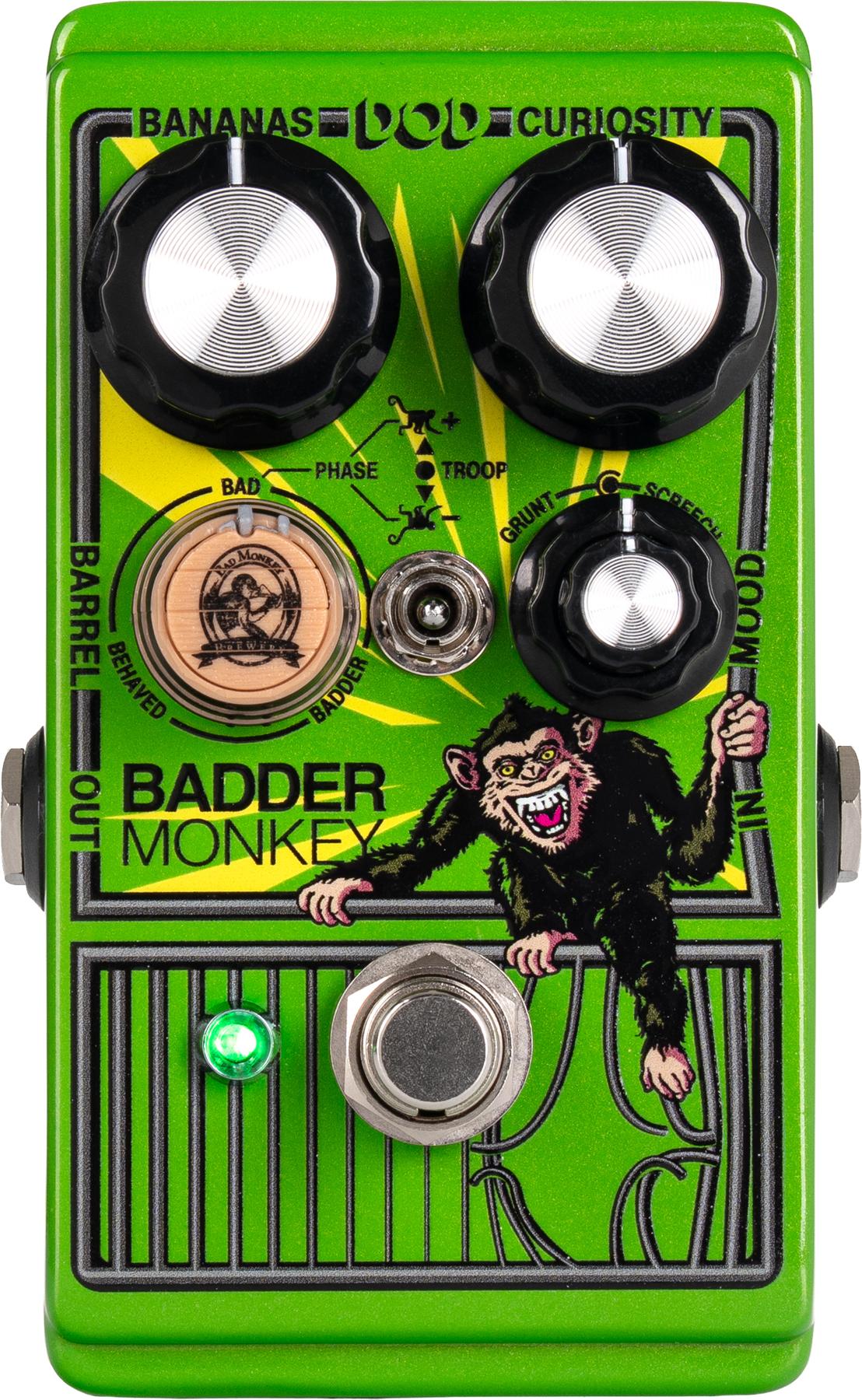Hey Gearheads: This month we want to look back on the tunes that got us through 2010 and give you
a quick look at what’s currently stuck in our players. Also, blues-guitar titan Duke Robillard chimes in
with his choices. Feel free to add yours in the comments section.
What am I listening to?
Kenny Chesney’s Hemmingway’s
Whiskey. The
variety of stuff on this
album may surprise you.
What was my favorite album of 2010?
Jimmie Vaughan Plays Blues, Ballads and Favorites.
This isn’t a blues album as much as it is
a celebration of that cool intersection of blues
and R&B that was all over AM radio several
decades ago. Jimmie is retro hip—no wonder
he brings it back with such authenticity.
What am I listening to?
Damien Rice, O. The
2002 debut from the
Irish singer-songwriter
has ten tracks of haunting,
melancholy vocals and acoustic guitar.
Songs like “Delicate,” “Cold Water,” and
“Cannonball” have kept this album in regular
rotation for me for years.
What was my favorite album of 2010?
Frightened Rabbit, Winter of Mixed Drinks.
Of the new albums I’ve really loved this year,
this is the one that keeps ending up back in
my CD player.
What am I listening to?
Grateful Dead, Fillmore
West 1969. I just love
the squawky tones Jerry
Garcia coaxed from his
red SG. For humbuckers in heat, does it get
better than “St. Stephen”?
What was my favorite album of 2010?
My favorite album of the decade is the self-titled
debut by Black Dub. But for 2010, it’s
Southern Filibuster: A Tribute to Tut Taylor.
Dobro wizard Jerry Douglas gathered 13 of his
tonebar-wielding cohorts to produce the finest
collection of reso-guitar music I’ve ever heard.
What am I listening to?
Killswitch Engage, As
Daylight Dies. This
2006 metal masterpiece
accomplishes a
rare feat: Clockwork blastbeats, intricately
intertwined dual guitars, and vocals that are
the perfect dichotomy between aggressive
and beautiful all impress on their own, yet
they all serve the songs first.
What was my favorite album of 2010?
Bill Kirchen, Word to the Wise. The Titan of
the Tele proves he’s still twang-tastic, and
the songs are downright infectious (see our interview with Kirchen).
What am I listening to?
Social Distortion,
Hard Times & Nursery
Rhymes. The Sick Boycrew’s
new album rides
strong on Ness’ storytelling prowess. Some
new wrinkles include background gospel
singers à la the Stones and a full-throttle cover
of Hank Williams’ “Alone and Forsaken.”
What was my favorite album of 2010?
Tom Petty and the Heartbreakers, Mojo.
Petty and the Heartbreakers have been
bringing it consistently for 30+ years, but
Mojo is like 1979 all over again with its raw
energy, catchy hooks, and rockin’ guitars.
What am I listening to?
Muse, The Resistance.
Full of big vocals,
big hooks, and even
bigger guitars, The
Resistance finds frontman Matthew Bellamy
channeling Freddie Mercury and Brian May.
Not many bands can pull that off, but Muse
does it effortlessly.
What was my favorite album of 2010?
Deftones, Diamond Eyes. The Deftones
returned after a four-year hiatus and some
substantial trauma, and proved that they’re
still one of the best.
What am I listening to?
Besides the classic
blues and jazz I’ve
been listening to for
most of my life, I am
enjoying Los Lobos’
Tin Can Trust.
What was my favorite album of 2010?
That’s easy. Tom Jones’ Praise and Blame.
What am I listening to?
Groundhogs Who’ll
Save The World?
The production on
this ‘72 LP from Brit
blues-rock chameleon Tony McPhee and
his Groundhogs is mired in a beautifully
disorienting post-psychedelic haze that’s
punctuated by the ‘Hogs twisted-funk, tipsy
melodies, odd-meter stops and starts and
McPhee’s lightning Strat picking.
What was my favorite album of 2010?
Tough. Maybe Grinderman II. This gloriously
sleazy slab from Nick Cave and his latest
band of miscreants and scalawags is a loose,
slashing, hacking, thriller of an LP.
What am I listening to?
Trey Anastasio Band,
TAB at the TAB.
Combining a freeform
approach to songwriting
with a skin-tight horn section, Anastasio
captures some of his solo band magic
(finally) on an album.
What was my favorite album of 2010?
Widespread Panic, Dirty Side Down. Panic
is hitting a stride in their career that few jam
bands attain. Now that Jimmy Herring is
comfortably filling the lead guitar chair, the
group has put out their most diverse and
interesting album to date.
Search
Latest Stories
Start your day right!
Get latest updates and insights delivered to your inbox.
Premier Guitar features affiliate links to help support our content. We may earn a commission on any affiliated purchases.
The Latest
More for you
Most Popular
Don’t Miss Out
Get the latest updates and insights delivered to your inbox.
Load More


















![Rig Rundown: Russian Circles’ Mike Sullivan [2025]](https://www.premierguitar.com/media-library/youtube.jpg?id=62303631&width=1245&height=700&quality=70&coordinates=0%2C0%2C0%2C0)








